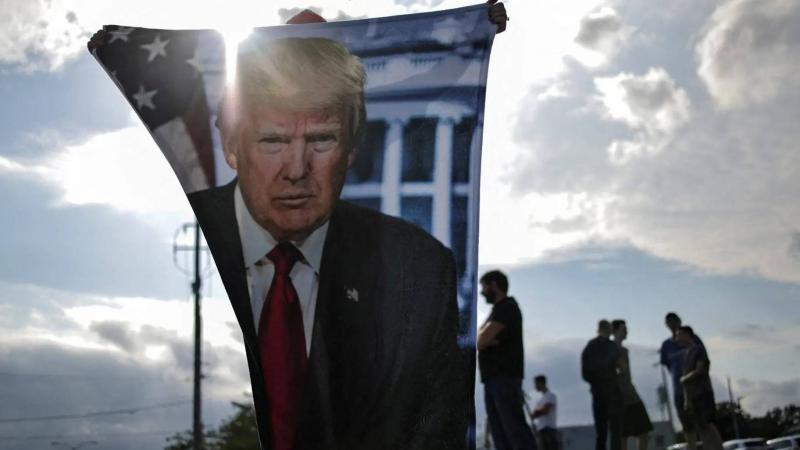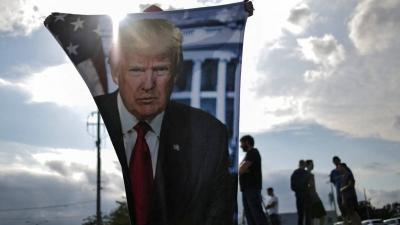The failed assassination attempt on former President and Republican presidential candidate Donald Trump raises important observations about the event and its implications. Since George Washington took office as the first President of the United States in 1789, a total of 46 individuals have held the presidency. Throughout these 235 years, four U.S. presidents have been assassinated: the 16th President Abraham Lincoln in 1865, the 20th President James Garfield in 1881, the 25th President William McKinley in 1901, and the 35th President John Kennedy in 1963. In addition to these successful assassinations, approximately thirteen other U.S. presidents have faced failed assassination attempts, with some targeted multiple times. These statistics indicate that since the first U.S. president, about 37% of U.S. presidents have experienced assassination attempts, successful or otherwise, averaging an attempt nearly every fourteen years.
When comparing these high rates of presidential assassination attempts in American history with those in European countries and Canada, which are part of the Western system led by the United States, it is evident that the U.S. maintains a continued and unmatched prominence in this regard. The circumstances and motives behind these assassination attempts, whether successful or unsuccessful, have varied significantly according to the context surrounding each incident. However, there are several common features among all these attempts.
The first feature is that in the four successful assassinations, the perpetrators were definitively identified in three cases without ambiguity or complications. In contrast, the assassination of President Kennedy remains surrounded by many gray areas and unresolved questions. This characteristic also applies to the vast majority of failed assassination attempts, where the identities of the perpetrators have been revealed, leaving little substantial mystery or unanswered questions.
The second feature is that all successful assassinations and failed attempts occurred on American soil, except for the attempts against Presidents George H.W. Bush and George W. Bush, which took place in other countries. This feature is complemented by another point: the overwhelming majority of assassination attempts on U.S. presidents have not been linked to U.S. foreign policy issues. Instead, their motives, as publicly declared by the perpetrators during investigations, have been closely tied to various internal American conditions and developments, including social, economic, racial, and political factors.
Another significant feature is the acknowledgment that while there were internal motives for these assassination attempts, it has not been proven that any of the perpetrators were part of a larger political, criminal, or terrorist organization involved in the planning or execution. Each of these attempts was carried out by individuals who independently organized and executed the attempt. Perhaps the assassination of President Kennedy is the only exception to this feature, as many theories suggesting the existence of much broader "conspiracies" involving significant American and foreign entities continue to circulate today.
The final and unique feature of the assassination attempt on former President Trump is that this may be the second time an attempt has been made on a prominent candidate shortly before an election. The first instance was the assassination of Robert Kennedy, the younger brother of President John Kennedy and a frontrunner for the Democratic nomination, in June 1968, paving the way for a significant victory for Republican candidate Richard Nixon.
The significance of this unique characteristic in the attempt on former President Trump's life is underscored by the extremely intense and unprecedented political rivalry between the Democratic and Republican parties for the presidency. Many analysts believe this political context may provide a genuine explanation for the attempt and, more dangerously, could herald substantial changes in the foundational aspects and features of the American political landscape in the short to medium term.




